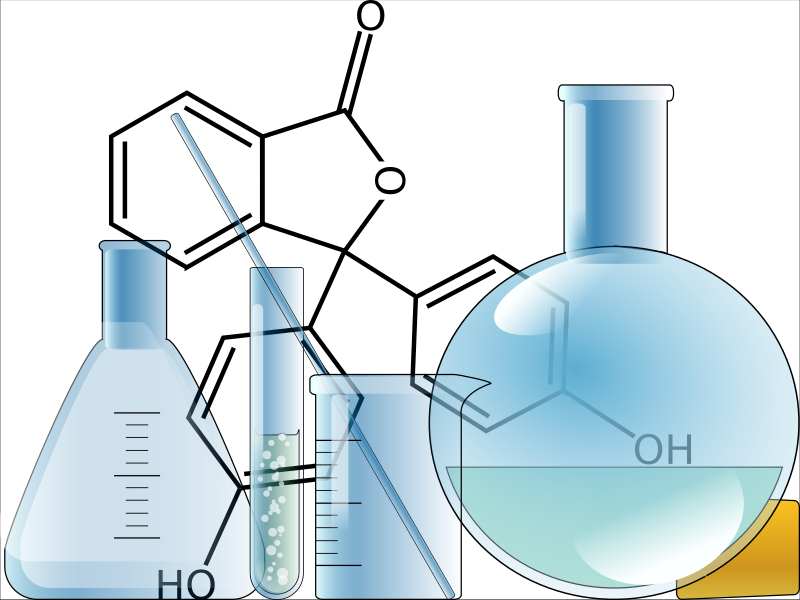Paper on Covid 19 transmission
I was sent this during a discussion on Mastodon about masks and how effective masks are, when worn by people who may not put on properly, compared to a doctor who has a team of people to ensure this happens. Interesting discussion and nice be sent a link to an actual paper to provide some help with the discussion.
Feel free to join / continue the discussion, however you will need to join mastodon and follow me @[email protected] to do so.
Links
- Proceedings of the National Academy of Sciences
- An upper bound on one-to-one exposure to infectious human respiratory particles
- Mastodon
- Qoto Stem focussed Mastodon Instance
Tags
#Science,#Journal,#PNAS,#Article,#Research,#Covid19,#Transmission,#Mastodon.
Bibliography Information (just for reference)
@article {Bagherie2110117118,
author = {Bagheri, Gholamhossein and Thiede, Birte and Hejazi, Bardia and Schlenczek, Oliver and Bodenschatz, Eberhard},
title = {An upper bound on one-to-one exposure to infectious human respiratory particles},
volume = {118},
number = {49},
elocation-id = {e2110117118},
year = {2021},
doi = {10.1073/pnas.2110117118},
publisher = {National Academy of Sciences},
abstract = {Wearing face masks and maintaining social distance are familiar to many people around the world during the ongoing SARS-CoV-2 pandemic. Evidence suggests that these are effective ways to reduce the risk of SARS-CoV-2 infection. However, it is not clear how exactly the risk of infection is affected by wearing a mask during close personal encounters or by social distancing without a mask. Our results show that face masks significantly reduce the risk of SARS-CoV-2 infection compared to social distancing. We find a very low risk of infection when everyone wears a face mask, even if it doesn{\textquoteright}t fit perfectly on the face.There is ample evidence that masking and social distancing are effective in reducing severe acute respiratory syndrome coronavirus 2 (SARS-CoV-2) transmission. However, due to the complexity of airborne disease transmission, it is difficult to quantify their effectiveness, especially in the case of one-to-one exposure. Here, we introduce the concept of an upper bound for one-to-one exposure to infectious human respiratory particles and apply it to SARS-CoV-2. To calculate exposure and infection risk, we use a comprehensive database on respiratory particle size distribution; exhalation flow physics; leakage from face masks of various types and fits measured on human subjects; consideration of ambient particle shrinkage due to evaporation; and rehydration, inhalability, and deposition in the susceptible airways. We find, for a typical SARS-CoV-2 viral load and infectious dose, that social distancing alone, even at 3.0 m between two speaking individuals, leads to an upper bound of 90\% for risk of infection after a few minutes. If only the susceptible wears a face mask with infectious speaking at a distance of 1.5 m, the upper bound drops very significantly; that is, with a surgical mask, the upper bound reaches 90\% after 30 min, and, with an FFP2 mask, it remains at about 20\% even after 1 h. When both wear a surgical mask, while the infectious is speaking, the very conservative upper bound remains below 30\% after 1 h, but, when both wear a well-fitting FFP2 mask, it is 0.4\%. We conclude that wearing appropriate masks in the community provides excellent protection for others and oneself, and makes social distancing less important.Previously published data were used for this work (https://aerosol.ds.mpg.de/). All other study data are included in the article and/or SI Appendix.},
issn = {0027-8424},
URL = {https://www.pnas.org/content/118/49/e2110117118},
eprint = {https://www.pnas.org/content/118/49/e2110117118.full.pdf},
journal = {Proceedings of the National Academy of Sciences}



 Graphic :
Graphic :